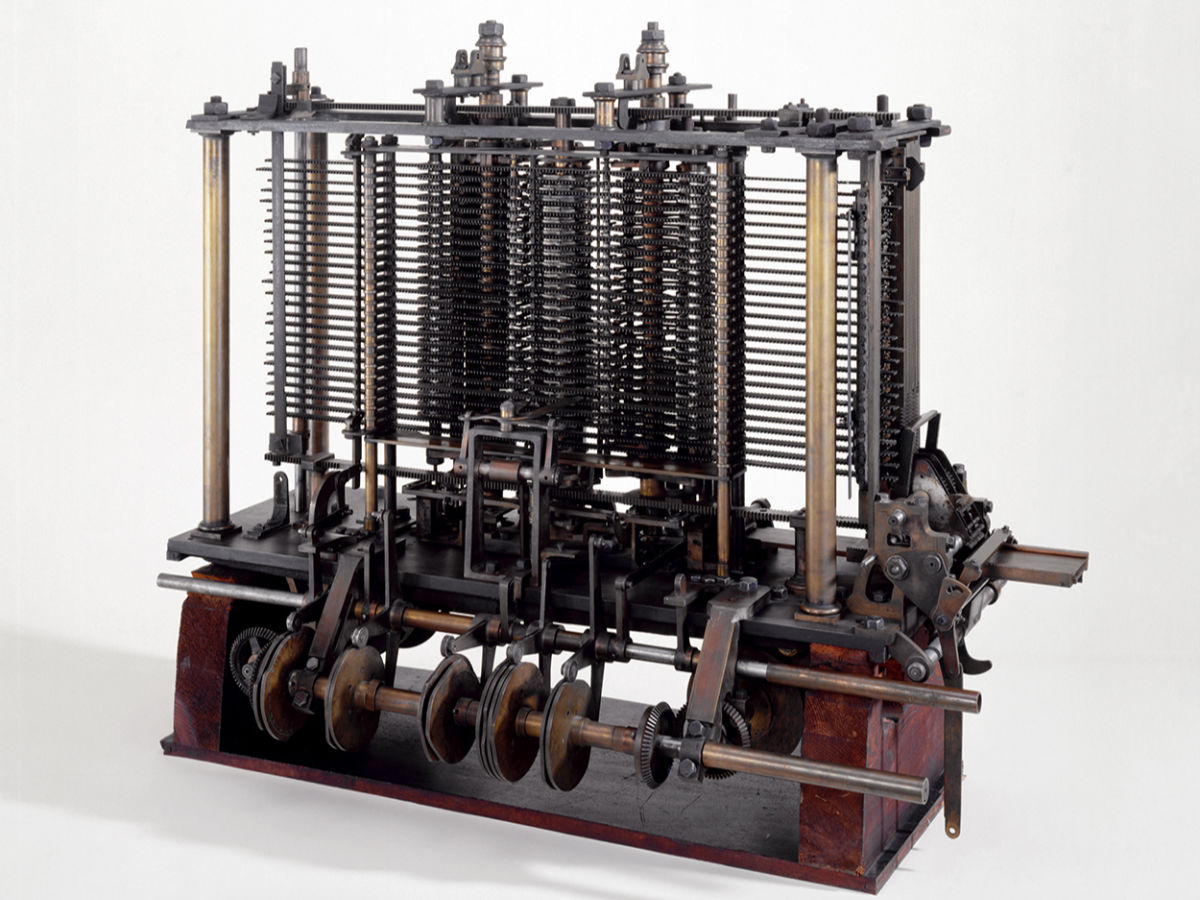The Babbage Computer Gets Its Marching Orders
Charles Babbage is the man generally acknowledged to be the inventor the first computer. Now the Science Museum in London has agreed to help a project to build Babbage’s Analytical Machine under the aegis of John Graham-Cumming, a programmer and computer historian.

Of course, the earliest electrical computer was the ENIAC or Electronic Numerical Integrator And Computer, built back in 1946, but Babbage is recognized as building the first computer. His machine was to be steam powered and would use punch cards to run its programs (much like the ENIAC did).
Professor Martin Campbell-Kelly of Warwick University, UK makes the very good point that computers have existed for a very long time before even Babbage, but they always consisted of teams of people doing sums. This still allowed for a number of scientific advances, including measuring the size and shape of the earth by the Ancient Greeks - who didn’t even have the advantage of using the zero (invented in India of course).
Babbage’s first computer was the Difference Engine which was designed to work out the values of polynomial functions, and do this automatically. It is estimated that this machine would have weighed 15 tons and been made up of 25k parts. He then designed the Difference Engine Number Two, which was finally constructed between 1989 to 91 and provided accurate results.
The machine that the Science Museum hope to get built is Babbage’s Analytical Machine which was similar to his earlier machines but also included the ability to use punched cards, so programs could be fed into the machine. The Analytical machine should have had features including branching, sequential control, and looping, and it would have been the 1st mechanical device to be Turing-complete.
Of course it must be remembered that Charles Babbage is alleged to have been influenced by Indian Mathematics, introduced to him by George Everest famous for the Great Trigonometric Survey of India in the early Nineteenth Century.